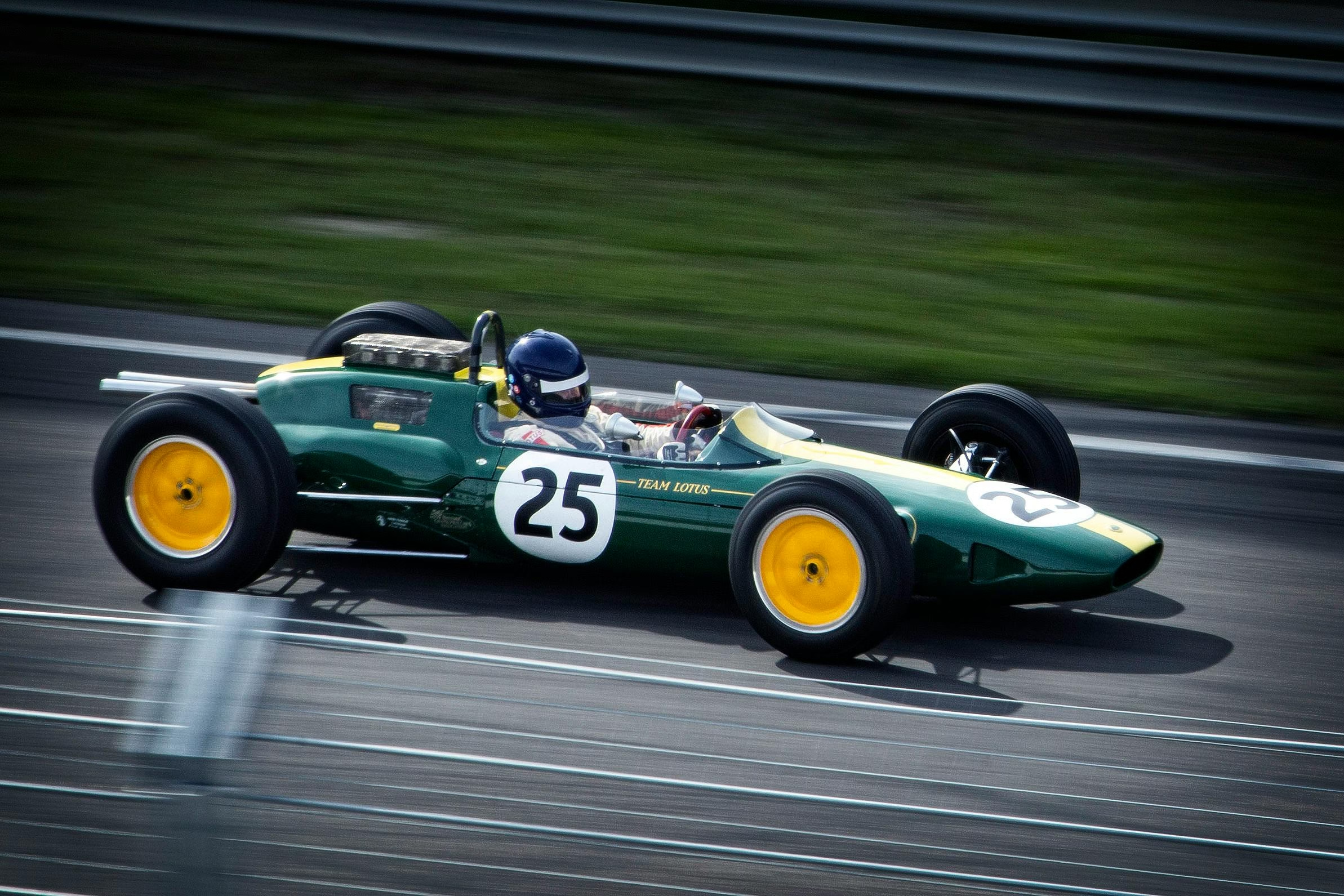When Motorsport Meets the Showroom: A Love Story with Complications
Motorsport and car showrooms have always had a complicated romance. One fuels dreams, the other sells reality. Racing cars carry the scent of risk, adrenaline, and raw performance, while showroom models have to live with potholes, school runs, and emissions regulations. When these two worlds collide, sparks fly, but not without a few bruises.
Why Manufacturers Can’t Resist the Racing Halo Effect
It’s easy to see why brands keep pouring money into racing. Victory laps are more than trophies; they’re marketing campaigns written at 300 km/h. Fans don’t just watch a team win; they imagine themselves carrying a fragment of that victory when they buy the road-going version. That “halo effect” convinces buyers that a family hatchback shares DNA with a champion racecar.
For manufacturers, the payoff is irresistible. Motorsport offers glamour, credibility, and a ready-made storyline: Our cars are tested in the harshest environment possible, so you can trust them on the school run. Even if the leap from pit lane to driveway is mostly symbolic, the emotional link is strong enough to move units.
The Compromises That Happen Between Track and Street
But here’s the catch: the car that wins on Sunday rarely works unchanged on Monday. Track cars are stripped down, noisy, and designed to last a few hundred brutal kilometres, not a decade of commuting. Engineers face a balancing act: soften the suspension for comfort, add sound insulation for sanity, dial down the horsepower so the average driver doesn’t end up in a hedge.
This is where compromise sets in. What enthusiasts call “motorsport DNA” often becomes a badge more than a blueprint. That sleek wing you saw on the track? Trimmed for aerodynamics that make sense at legal speeds. That aggressive engine note? Reined in to meet regulations. In translation, the fire-breathing beast becomes something more polite, sometimes too polite.
The Surprising Winners When Motorsport DNA Hits Mass Production
Every so often, though, the formula works. The technology developed for the circuit trickles down into road cars in ways that genuinely transform driving. Think traction control, advanced braking systems, lightweight materials, innovations born in the chaos of racing, repurposed to keep families safer and commutes sharper.
Even mainstream players get it right. Chevrolet, for instance, has successfully blended its racing pedigree with accessible models that feel sporty without being impractical. It’s proof that when brands don’t just chase aesthetics but integrate lessons from competition, the result can strike a rare balance between thrill and usability..
When Image Overtakes Substance
There’s another side to this story. Some manufacturers lean too heavily on the badge of motorsport without delivering real substance. Stickers, limited-edition trims, and cosmetic nods to racing heritage often replace meaningful engineering. The result? A car that looks fast standing still but feels no different than its non-racing-branded twin once you turn the key.
This marketing sleight of hand might sell short-term, but it risks alienating savvy buyers who expect more than decals. The gap between the promise of the track and the experience of the showroom can quickly sour what was supposed to be a love story.
A Complicated Romance Worth Watching
At the end of the day, motorsport and showroom cars will always be bound together. The tension between spectacle and practicality, adrenaline and reliability, makes their relationship endlessly fascinating. It’s a love story with complications, yes, but also one that keeps car culture alive and evolving.
The next time you see a car advertised as “born from racing,” ask yourself: Is this a romance that produced genuine innovation, or just a fling designed to catch your eye? The answer might determine whether that car feels like a champion, or just a clever costume.



